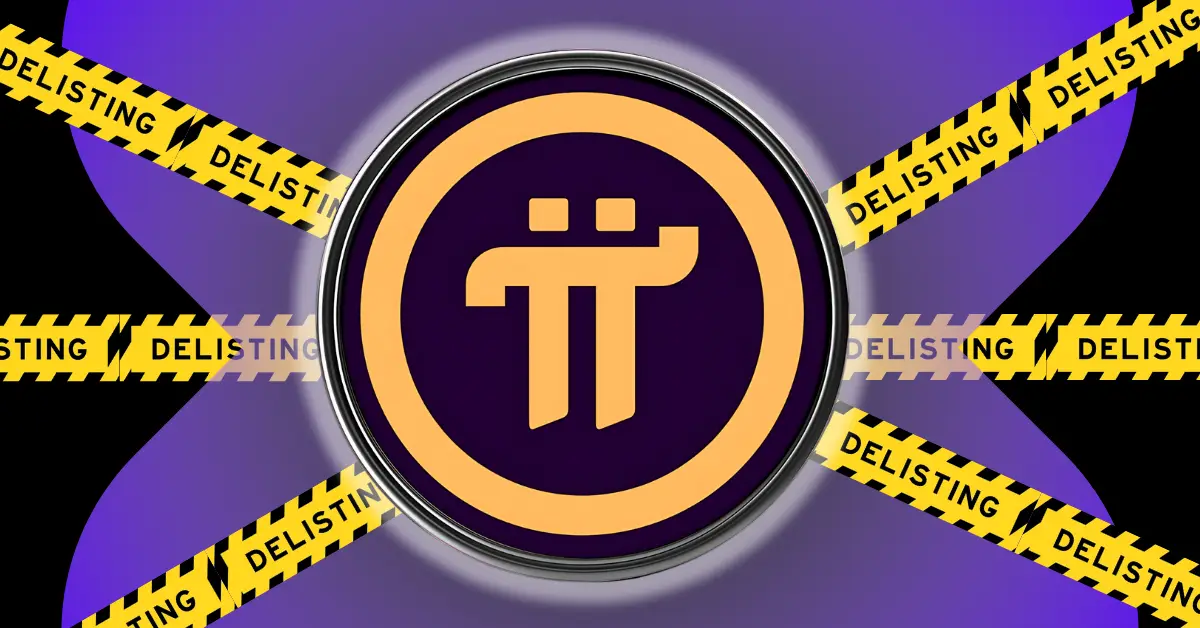
“`markdown
The world of cryptocurrency never sleeps—it’s a wild, ever-shifting frontier where regulatory hoops and market chaos collide. And right now, all eyes are on Pi Network and its recent KYB (Know Your Business) approval through Banxa, a move that’s shaking up how everyday folks can get their hands on Pi coins. For a project that started as a “mine crypto on your phone” experiment, this is a big freaking deal. But let’s be real: the road here wasn’t all moon rockets and Lambo dreams. There were suspensions, bearish drama, and enough regulatory red tape to wrap around the blockchain twice. So, what’s the real story behind this KYB milestone, and why should crypto nerds—or even your aunt who still thinks Bitcoin is a type of coffee—care? Buckle up, because we’re diving deep.
KYB Approval: Pi’s Ticket to the Big Leagues
First, what even is KYB? Think of it as the corporate cousin of KYC (Know Your Customer), but instead of verifying *you*, it vets the *businesses* handling your crypto. Banxa scoring KYB approval means it can now legally sell Pi coins for fiat in 100+ countries, cutting out the sketchy P2P back alleys. This is *huge* for Pi Network’s legitimacy. Before, buying Pi felt like bartering in a digital flea market—risky and inefficient. Now? It’s as clean as swiping a debit card.
But here’s the plot twist: Banxa paused Pi transactions mid-KYB process, leaving the community sweating. Some cried conspiracy; others (like me) shrugged and muttered, “Regulatory purgatory, dude.” Yet analysts suspect Banxa was quietly stockpiling Pi coins during the freeze, positioning itself for a payday once approvals landed. Smart? Absolutely. A tad shady? Depends who you ask. Either way, it underscores a brutal truth in crypto: compliance isn’t optional.
Regulation Roulette: Pi’s Uphill Battle
Pi Network isn’t alone in wrestling regulators. Remember BitMart delisting Pi in April over pending KYB for 1:1 swaps? Or the Fruity Pi DApp scrambling for approval before Consensus 2025? These aren’t glitches—they’re growing pains. Every crypto project faces this gauntlet, but Pi’s grassroots vibe makes it extra vulnerable. Mainstream adoption requires playing by rules written for banks, not phone-mining collectives.
And let’s talk market mood. Pi’s price swings like a pendulum at a rave. One day, it’s “the people’s crypto”; the next, skeptics call it a glorified loyalty points system. Banxa’s KYB greenlight injects stability, but Pi still needs more exchanges, more liquidity, and way less drama to shed its “wildcard” rep.
Beyond Pi: What This Means for Crypto’s Future
Banxa’s move isn’t just about Pi—it’s a blueprint for mass adoption. As regulators tighten their grip, projects that partner with compliant gatekeepers (like Banxa) will thrive. Those stuck in decentralized fantasyland? Enjoy the dustbin of crypto history.
Look at the bigger picture: Amazon didn’t kill retail; it forced stores to adapt. Similarly, KYB approvals are Darwinism for digital assets. Pi’s survival hinges on balancing its “for the people” ethos with the unsexy reality of fiat ramps, tax forms, and paperwork. The ones who nail this? They’ll be the next Bitcoin—or at least the next Solana.
—
So, where does Pi go from here? KYB approval is a leap forward, but the network’s true test is scaling without losing its soul. More partnerships? Sure. Smoother regulations? Hopefully. And for the love of Satoshi, fewer exchange suspensions. One thing’s clear: the crypto world’s future belongs to bridges, not islands. Pi’s building its bridge—now we wait to see who crosses it.
*—Mia Spending Sleuth, signing off from the trenches of my local thrift store (where even the crypto is secondhand).*
“`
